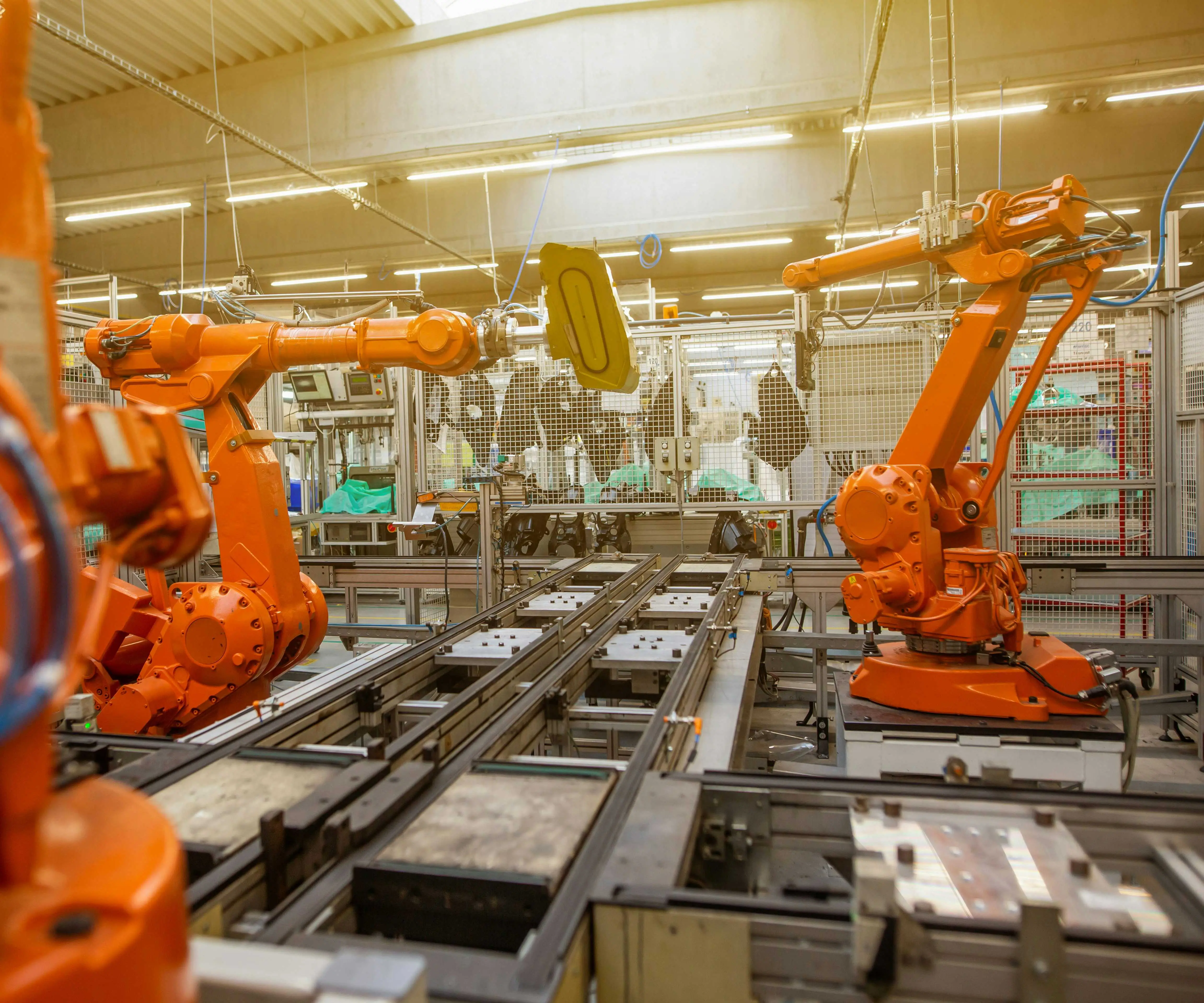Sure! Here's the first part of the soft article on "motor gears for electric motors."
In the rapidly advancing landscape of technology, electric motors stand as the silent heroes powering modern life. From tiny household appliances to massive industrial machinery, these compact powerhouses are central to countless applications. Yet, behind every efficient, reliable electric motor is a less glamorous but equally vital component: the motor gear.

Motor gears act as the crucial link that modulates the raw energy of an electric motor into usable motion. Think of them as the finely tuned orchestra conductors—directing speed, torque, and direction to produce a harmonious performance. Without gears, many electric motors would struggle to perform their tasks effectively, especially in scenarios requiring precise control or significant force.
Why Gears Matter in Electric Motors
To understand the importance of motor gears, picture a simple scenario: you're riding a bicycle. Pedal harder or shift gears, and suddenly your effort translates efficiently into speed or power. Similarly, in electric motors, gears serve to optimize the relationship between the motor’s rotational speed and the load’s requirements.
Most electric motors operate at a relatively high rotational speed and low torque. While high speed is advantageous for certain tasks, many applications—such as conveyor belts, robotic arms, or wind turbines—need high torque at lower speeds. Motor gears adapt these parameters, allowing motors to deliver appropriate power while maintaining efficiency and longevity.
Types of Gear Mechanisms in Electric Motors
Spur Gears The simplest and most common gear type, spur gears feature straight teeth and are ideal for transmitting motion between parallel shafts. They are straightforward, cost-effective, and provide reliable power transfer, making them a popular choice in many electric motor applications.
Worm Gears Worm gears are unique in that they consist of a screw-like worm engaging with a gear (the worm wheel). This setup allows for significant reduction ratios, meaning a small input rotation produces a large output movement. This mechanism is especially useful when space is limited, or when a high gear reduction is necessary to achieve low speeds and high torque.
Bevel Gears Designed for transmitting power between intersecting shafts, bevel gears are essential when the application involves changing the direction of rotation, such as in household appliances or automotive differentials.
Helical Gears Featuring angled teeth, helical gears provide smoother and quieter operation compared to spur gears. Their efficiency and durability make them suitable for high-powered electric motors in industrial settings.
The Material and Design Considerations
Choosing the right gear material is vital. Common options include metals like steel or brass, known for strength and durability, and plastics for lightweight, corrosion-resistant applications. Designers also focus on gear tooth geometry, surface finishing, and lubrication to reduce wear and maximize efficiency.
Modern manufacturing technologies, such as CNC machining and additive manufacturing, enable precise gear creation, ensuring maximum performance with minimal maintenance. Increasingly, advanced materials like composites are also being explored to balance strength and weight in specialized applications.
Applications Across Industries
Automotive: Electric vehicles rely heavily on gear systems within their electric drives to optimize power delivery and efficiency. Robotics: Precise gear modulation allows robotic arms to perform delicate and complex tasks, from assembly lines to medical surgery. Renewable Energy: Wind turbines use large gearboxes to convert slow, high-torque rotations into faster, more manageable outputs for power generation. Consumer Electronics: Small gadgets and appliances incorporate miniature gears to control speed and motion precisely.
The interplay of electric motors and gears forms the backbone of countless innovative solutions. As industries push towards smarter, faster, and more efficient machinery, the importance of high-quality motor gears only grows.
Kpower has delivered professional drive system solutions to over 500 enterprise clients globally with products covering various fields such as Smart Home Systems, Automatic Electronics, Robotics, Precision Agriculture, Drones, and Industrial Automation.




































